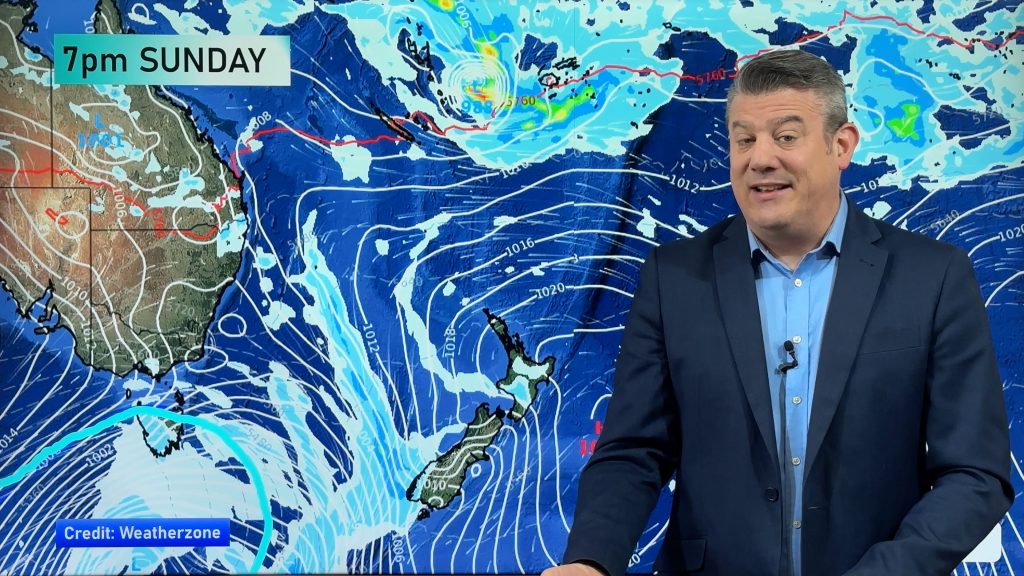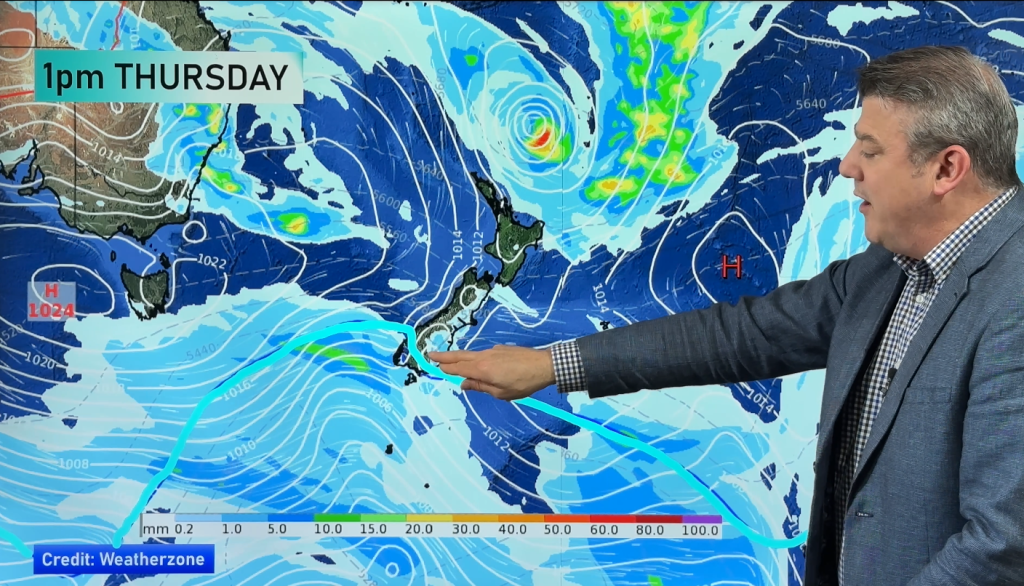
> From the WeatherWatch archives
Our Indian summer came grinding to a halt last week when a brief southerly blasted its way across the country.
Snow fell on the Desert Road and Central Plateau for the first time this year while South Island ranges had a fairly decent dusting of snow.
The question I’m being asked now is, “does this mean winter is here?” The short answer: no.
The long answer: autumn is made up of hot and cold days. Unlike spring, which is a cold season with increasing warm events, autumn is a mild season with increasing cold events, as winter air starts to surge north out of the Southern Ocean. Despite being just a couple of months from the shortest day, the sun can still be hot if you’re in a sheltered area.
So, yes, the cold snap last week was a bit of a shock but, overall, the weather will be generally mild for the next few weeks yet. This is because we still have La Nina (and a sub-tropical low in the Tasman Sea this week is evidence of that).
At the peak of the cold blast, Nikki Behan-kitto posted on WeatherWatch’s Facebook page, “we had about 10 minutes of thunder a couple of hours ago – it’s just bloody cold here in Gisborne”.
Meanwhile, Tracy Middlemiss said the winds had picked up down south. “Wind has gotten very gusty in Christchurch in the last 10 minutes or so. Feels like it is picking the house up and dropping it at times … just like our earthquakes.”
It’s good to have that little reminder that winter is coming. With the mild weather for most so far this month, it’s been easy to think winter won’t be much this year. But when those La Nina conditions finally die out, the weather will be cold, wet and stormy – as it so often is here in the winter.
Overseas and almost 50 people were killed and up to 230 tornados were reported over a three-day period across the southern United States last week. Of the 45 deaths reported, 22 were in North Carolina alone where the storms destroyed more than 130 homes and damaged more than 700, reported CNN.
The North Carolina storms are the deadliest since 1984 when 42 people were killed in a tornado outbreak.
– Philip Duncan writes a weekly column for the Herald on Sunday
Comments
Before you add a new comment, take note this story was published on 25 Apr 2011.





Add new comment